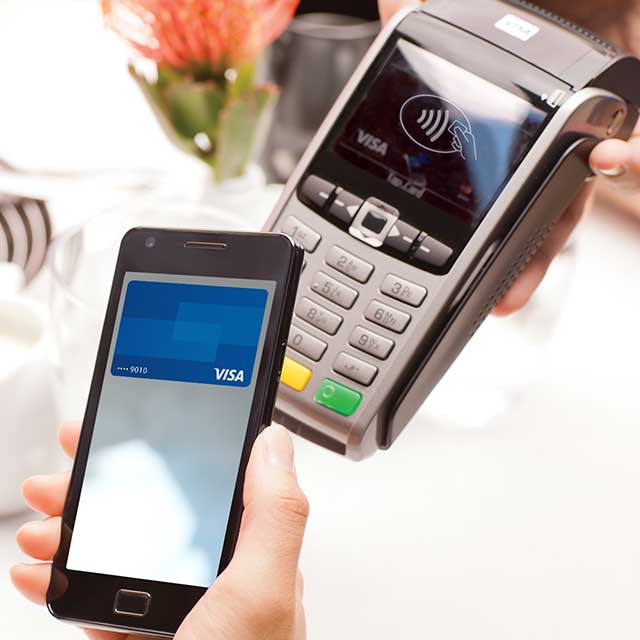In today’s fast-paced world, convenience and quickness are essential, especially for financial transactions. Simple mobile payment options have transformed the way we manage money, making transactions faster and more secure. Mobile payments have grown in popularity among both consumers and businesses due to their simplicity and efficiency. This article investigates the advantages of simple mobile payments, how they work, and their implications for numerous industries.
Understanding Simple Mobile Payment Technology
Simple mobile payment solutions use technology to streamline financial transactions on mobile devices. These systems frequently use Near Field Communication (NFC), QR codes, or mobile apps to allow payments. NFC technology enables contactless purchases by merely tapping a smartphone or wearable against a payment terminal. In contrast, QR codes allow customers to complete a payment by scanning a code with their mobile device. Mobile payment apps offer a flexible platform for managing and performing payments using a variety of techniques.
Benefits of Simple Mobile Payments
The benefits of convenient mobile payments are numerous. First and foremost, they provide unrivaled convenience. Customers can make purchases without carrying physical cash or cards by merely utilizing their smartphones. This ease of usage is especially useful in congested areas such as retail outlets and public transportation. Additionally, mobile payments improve security. Modern payment systems use encryption and tokenization to secure sensitive data and reduce the risk of fraud. Furthermore, easy mobile payment systems frequently include features such as transaction tracking and digital receipts, which help customers manage their finances more effectively.
The Impact on Retail and E-Commerce
Retailers and e-commerce platforms have adopted simple mobile payment solutions to enhance the customer experience and streamline operations. In physical establishments, mobile payments shorten checkout times, resulting in speedier service and shorter lineups. Integrating mobile payment alternatives for e-commerce enterprises might result in increased conversion rates since customers value the convenience of completing transactions from their cellphones. Furthermore, mobile payments offer important data insights to organizations, allowing them to customize marketing campaigns and improve client engagement.
Challenges and Considerations
While easy mobile payments have many advantages, they are not without obstacles. One key challenge is the necessity for general acceptance and compatibility. Mobile payments can only be effective if both consumers and merchants use compatible devices and payment systems. Furthermore, security remains a key concern. Despite advances in encryption, there is always the possibility of cyber assaults. To mitigate these dangers, it is critical to implement strong security measures and educate users on best practices. Furthermore, some customers may be hesitant to use mobile payments because of privacy concerns or a lack of knowledge.
The Future Of Mobile Payments
The future of mobile payments appears bright as technology advances. Biometric authentication, blockchain integration, and advanced AI are among the innovations that will improve the functionality and security of mobile payment systems. Biometric authentication, like fingerprint or facial recognition, adds an added degree of security and convenience. Blockchain technology has the potential to transform payment systems by enabling decentralized and transparent transaction procedures. As these technologies mature, we should expect mobile payments to become even more integrated into our daily lives, accelerating industry growth and innovation.
Conclusion
Simple mobile payment solutions have altered the way we conduct financial transactions by providing convenience, security, and efficiency. As technology progresses, mobile payments are expected to become increasingly widespread and sophisticated. While obstacles persist, the benefits far outweigh the downsides, making mobile payments an essential component of the current financial scene. Embracing these solutions can result in a more efficient and secure transaction experience for both consumers and companies.




